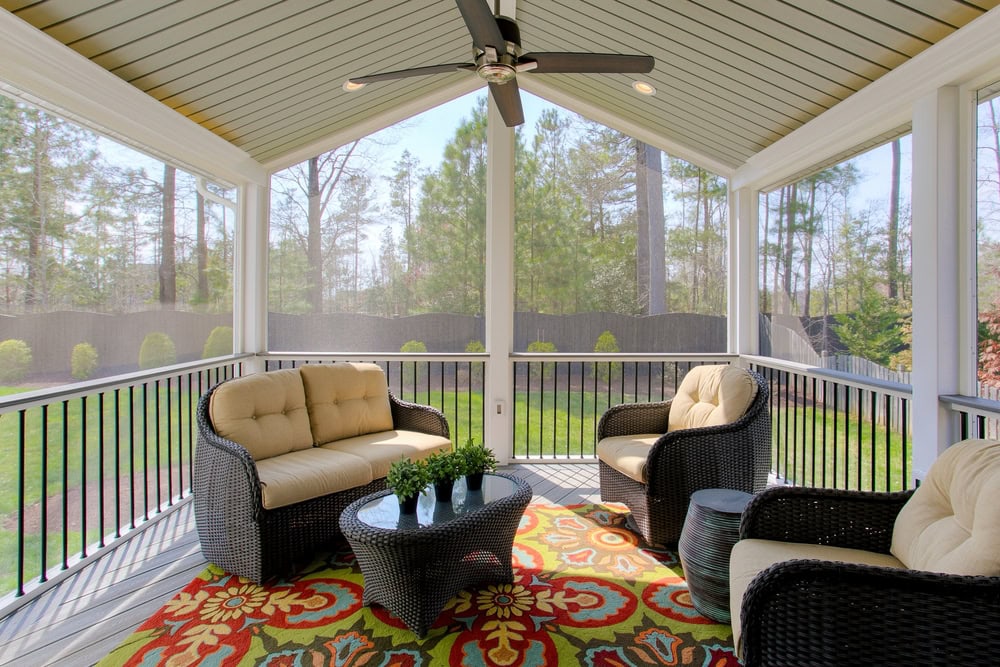We’re four months into 2025, but as far as Coachella is concerned, it may as well be 2005 all over again.
Festivalgoers descended on the Empire Polo Club in Indio, Calif., for three-day Weekend 1 dressed in clothing that wouldn’t have been out of place 20 years ago. Sheer, ruffled tops, chunky belts and cowboy boots are a few of the aughts fashion staples that have emerged as favorites among attendees. With Weekend 2 of Coachella kicking off Friday, expect more of the same.
“We’ve seen a kind of continuous interest in Y2K fashion, particularly from Gen Z and younger demographics,” Emma McClendon, an assistant professor of fashion studies at St. John’s University, told Yahoo Entertainment.
What constitutes a “festival-appropriate” outfit is often subjective. Inspiration can be drawn from various people and places — whether it’s following in the sartorial footsteps of “it” girls from past festivals or sourcing pieces specific to a certain time period.
For some festivalgoers, curating outfits for Coachella can be as important as choosing which artists you plan to see perform.
Street style at the Coachella Valley Music and Arts Festival in Indio, Calif. (Gilbert Flores/Billboard via Getty Images)
Leading up to Weekend 1, which took place April 11-13, Google Trends cited the “butterfly top” as the No. 1 searched item in relation to “Coachella outfits” for the past month. Worn by celebrities like Mariah Carey and Salma Hayek in the 2000s, the Emanuel Ungaro-designed garment was characterized by its colorful crystal embellishments and butterfly-shaped silhouette. The butterfly, as a wider motif in fashion, was also a Y2K staple — beloved by stars like Christina Aguilera and Paris Hilton.
Mariah Carey in 2000. (Evan Agostini/Getty Images)
In the case of Coachella 2025, the aughts are the style blueprint. That goes for performers as well.
South African R&B singer Tyla wore vintage Dolce & Gabbana pieces sourced from the designer’s spring 2000 runway collection for her April 11 set. The “Water” singer wore a white cropped T-shirt over a gold crystal mesh bra, which she paired with a fringed, brocade micro-mini skirt.
Charli XCX also drew inspiration from the aughts when curating her Coachella looks. The “Club Classics” singer hit the stage in a Tom Ford-era Saint Laurent blouse from the fall-winter 2002 collection, along with a Dolce & Gabbana belt from spring-summer 2003. She was also spotted wearing a lace camisole and ruched, low-slung maxi skirt at a festival event.
Charli XCX and Julia Fox. (Joe Scarnici/Getty Images for Prime Video)
Singer-songwriter Clairo leaned into the 2000s-era trend of wearing sheer, lace fabrics when she stepped out in a layered patchwork dress for her April 12 performance.
Coachella, per McClendon, is a “microcosm” that helps us better understand what fashion people are interested in when it comes to materials, colors and silhouettes. While it’s important to note that outfits worn at Coachella aren’t “what people are wearing to the office or to school,” she says, there’s a larger revival of fashion from the aughts that’s returning to the mainstream.
“There’s a very clear period right around 2000, both the late ’90s and the first years of the 2000s, that feels very distinct from, let’s say, post-2005,” she said. “Post-2005, as we start to get toward [the] 2010s, we start to see skinny jeans and a skinnier silhouette in general, like skinny scarves and also cowboy boots, and certain elements that we’re starting to see bubble into the consciousness right now — in terms of what’s both on the runways with the return of Chloé’s boho and also the return of what now is termed ‘indie sleaze’ elements.”
Sienna Miller in 2004. (Andy Butterton/PA Images via Getty Images)
Cowboy boots, which ranked No. 5 on Google Trends’ top items of apparel searched with “Coachella outfits,” are also “very much in the ether right now,” said McClendon, and are a staple among festival attendees. She also predicts that horizontal headbands are primed to make a comeback too, as that “kind of festival dressing, party-girl style of the 2000s” returns.
The skull-printed silk chiffon scarf by Alexander McQueen, which debuted during the designer’s spring-summer 2003 collection, chunky belts and skinny jeans are other examples of aughts staples that McClendon believes are well on their way, if not already, back in style.
These returning trends had their last heyday from 2005 to 2009, McClendon said.
“Sienna Miller, Mary-Kate Olsen, Alexa Chung [and] Kate Moss [are some] of these style icons that really epitomized that moment,” McClendon said. “I think that’s really where we’re going to see that interest.”
Alexa Chung in 2006. (Gareth Cattermole/Getty Images)
More than being tied to nostalgia, Evan Collins, an architectural designer and founder of the Consumer Aesthetics Research Institute, an online database that catalogs design aesthetics from the late midcentury, suggests that the return to aughts fashion is another signal of the return to maximalism.
“It just sort of intersects with that 20- or 25-year cycle of the early 2000s, which was one of the most maximalist periods ever,” he said.
A shift back toward maximalism, Collins said, can sometimes be seen as a sort of collective mourning and a way for people to cope with economic stress or political uncertainty. While this is “generally what leads to time periods where you get this very ornate like maximalist kind of showy fashion,” he doesn’t believe that’s the case here.
Estelle Lebourgeois and Maddy Dodd at Coachella on April 13. (Gilbert Flores/Billboard via Getty Images)
Odds are, these trends are back for a simpler reason: People just like it.
“I don’t know if we can put that much [weight into it],” Collins said. “[Sometimes it can just be] a really cool-looking piece of clothing that people haven’t seen for like 20 years.”
.png)
 German (DE)
German (DE)  English (US)
English (US)  Spanish (ES)
Spanish (ES)  French (FR)
French (FR)  Hindi (IN)
Hindi (IN)  Italian (IT)
Italian (IT)  Russian (RU)
Russian (RU) 




Comments